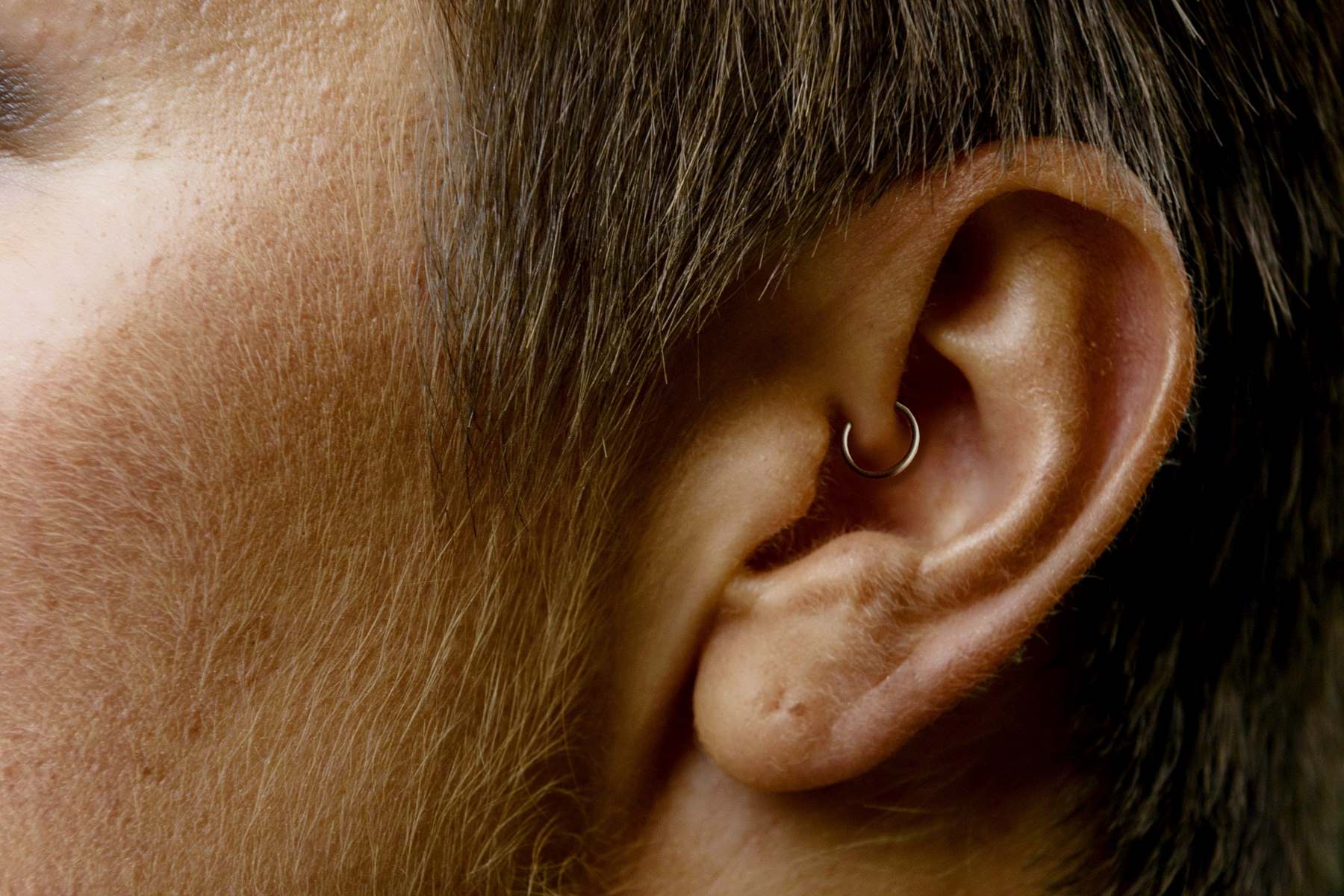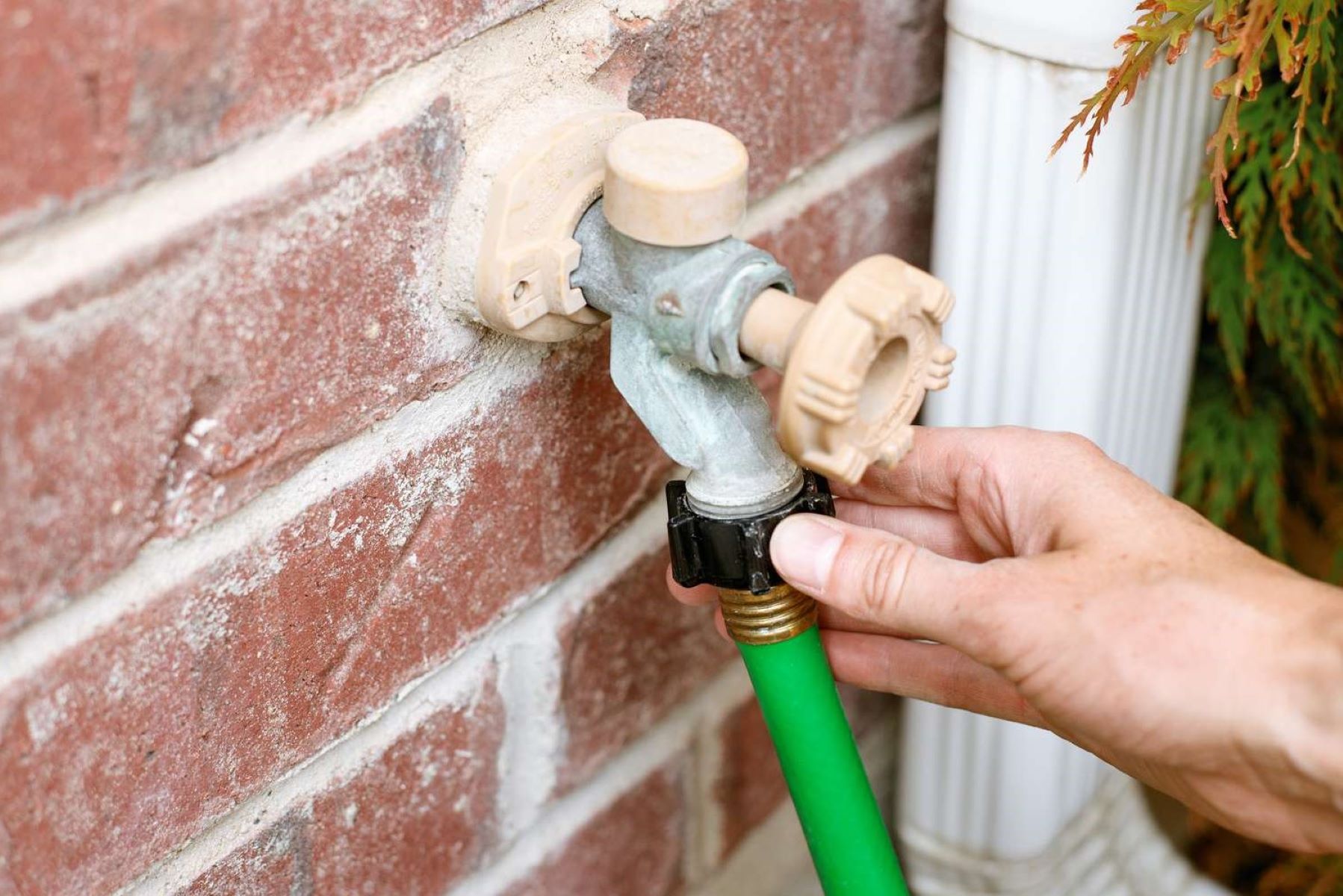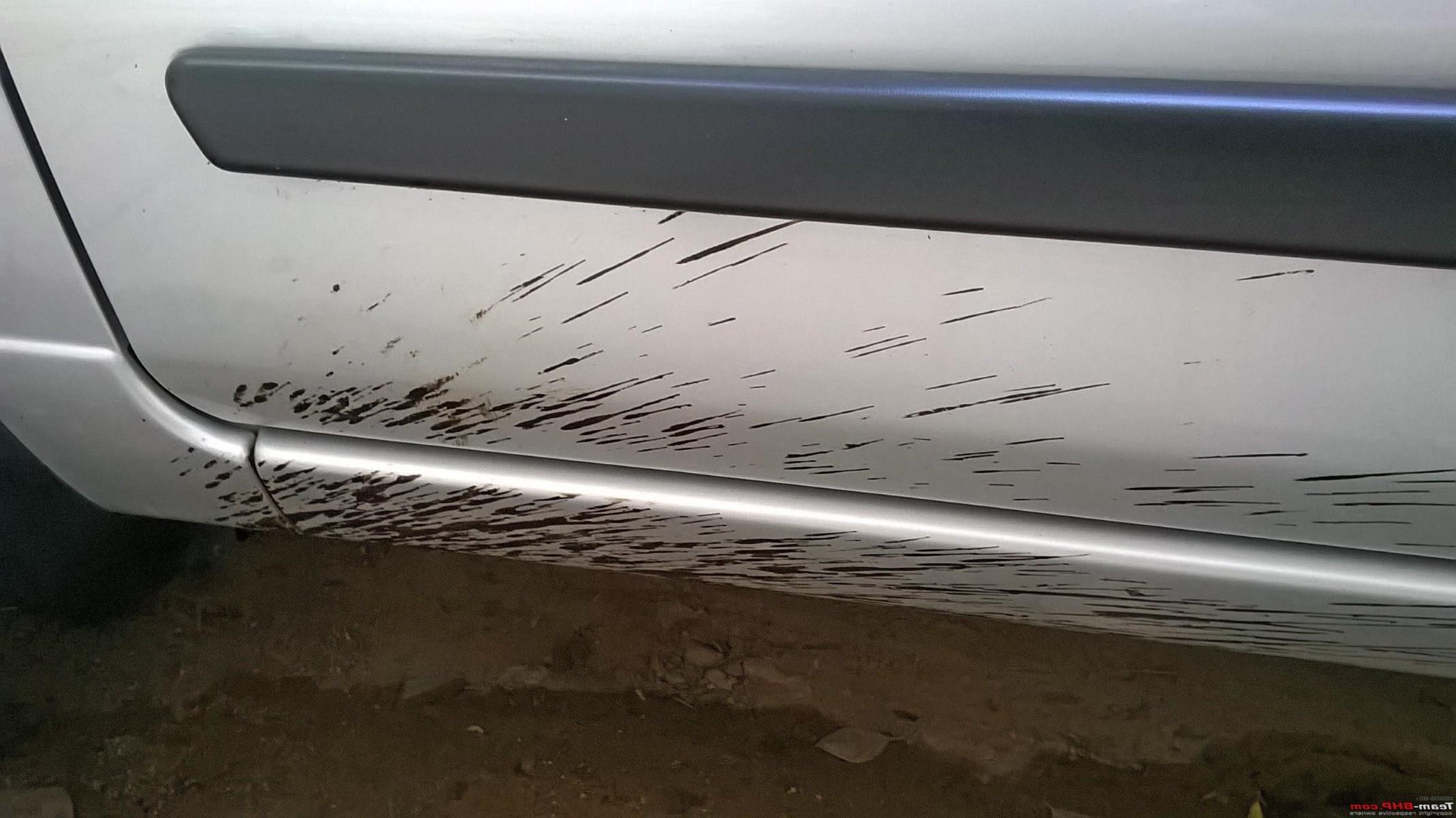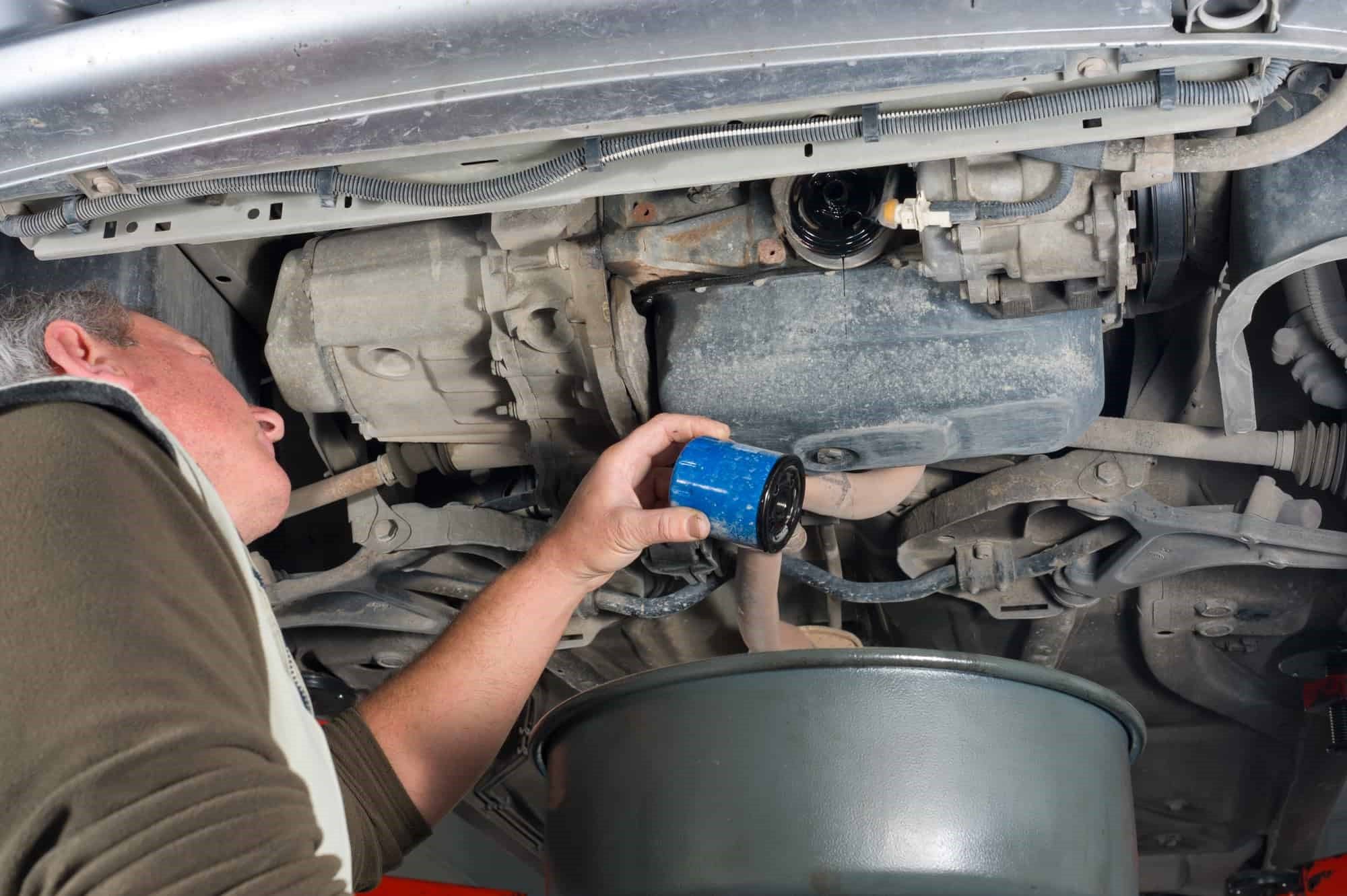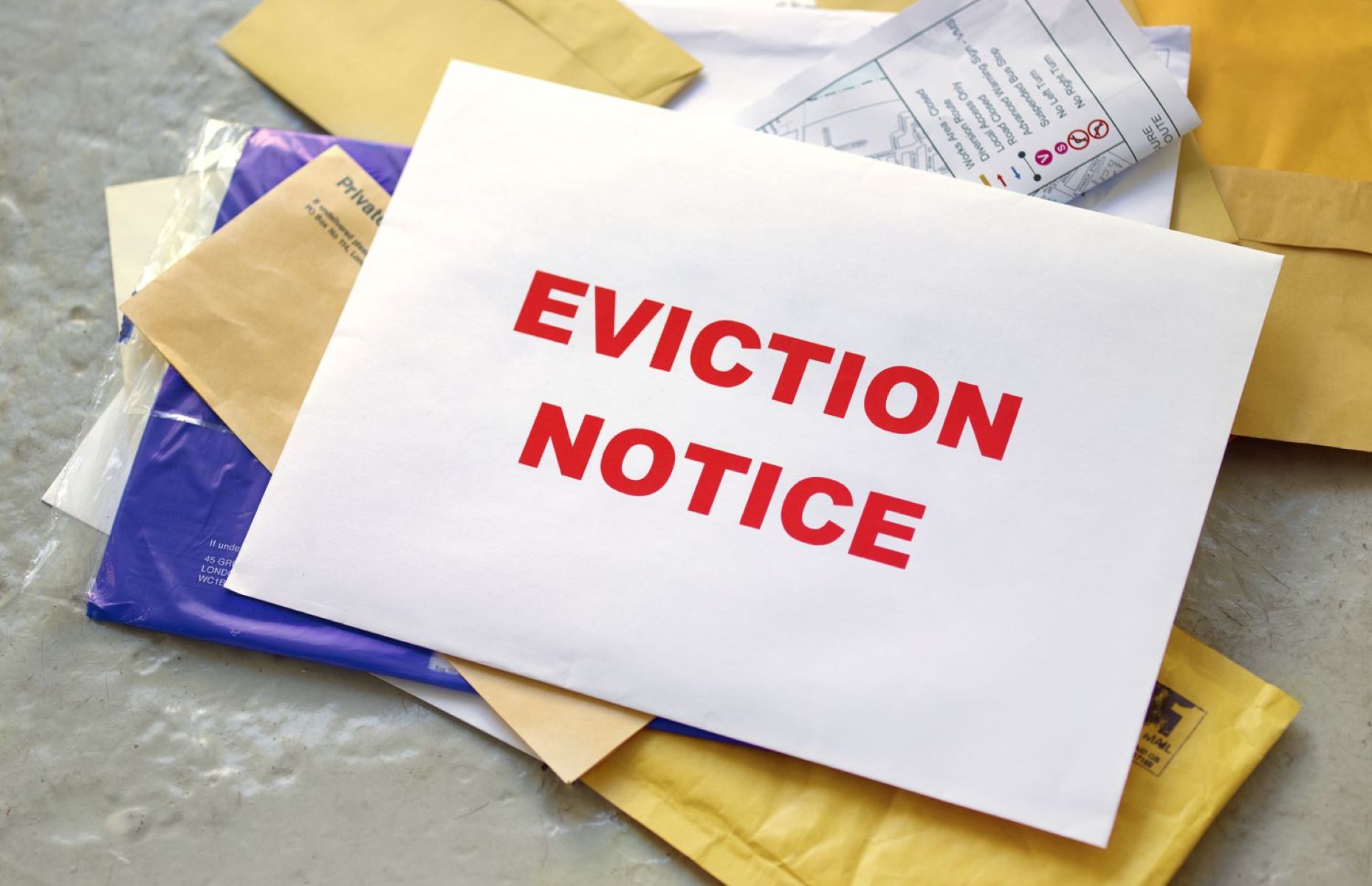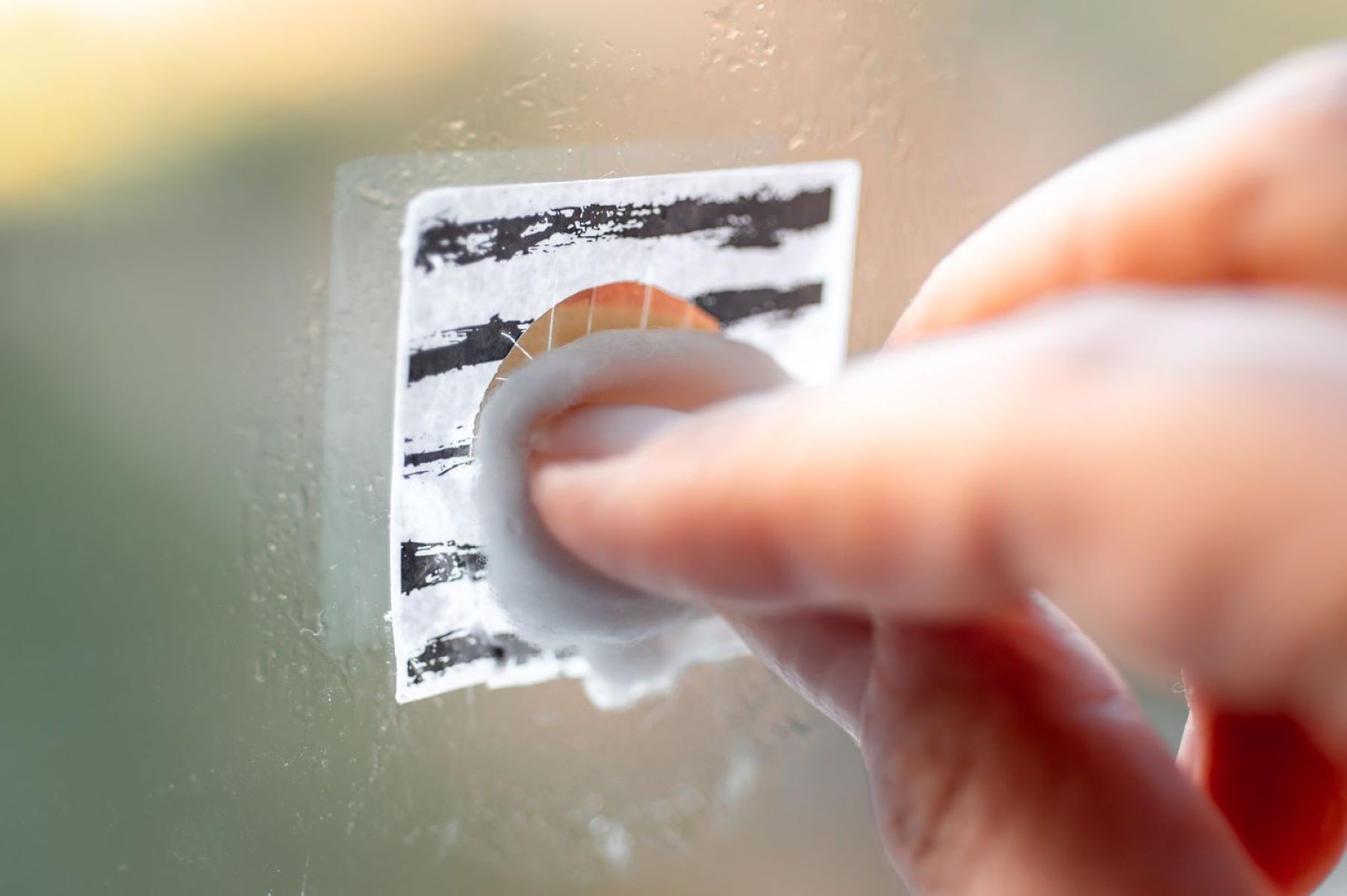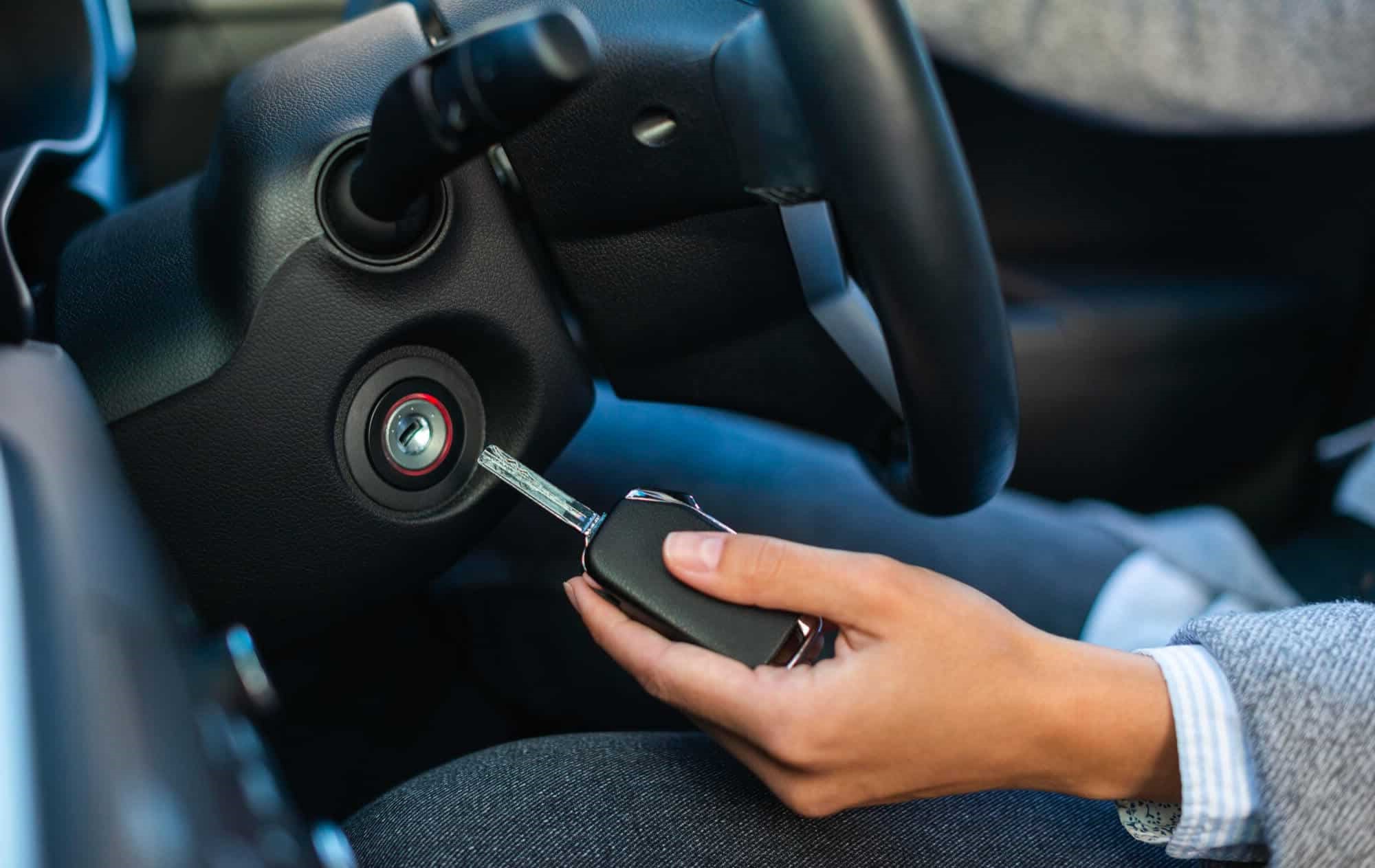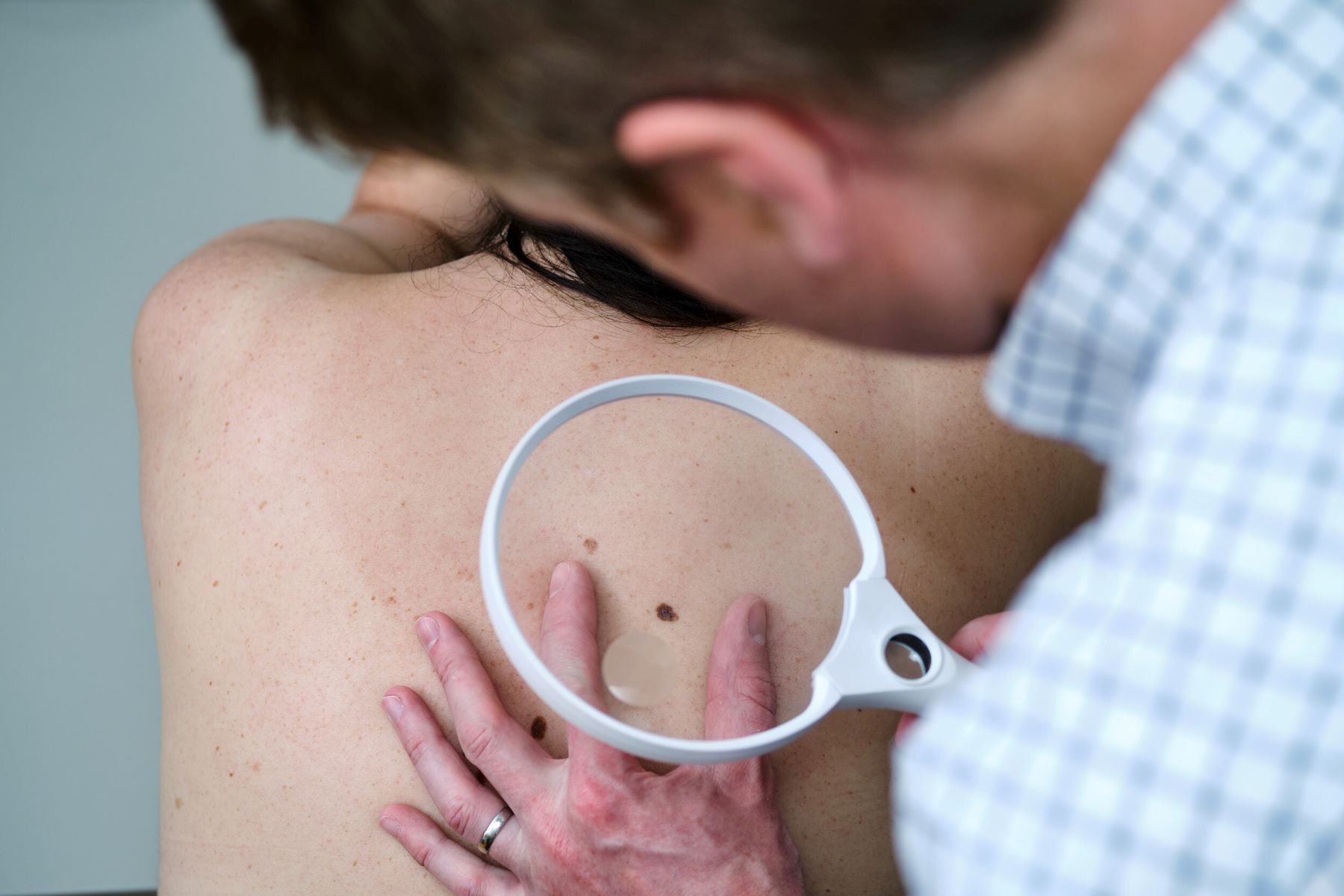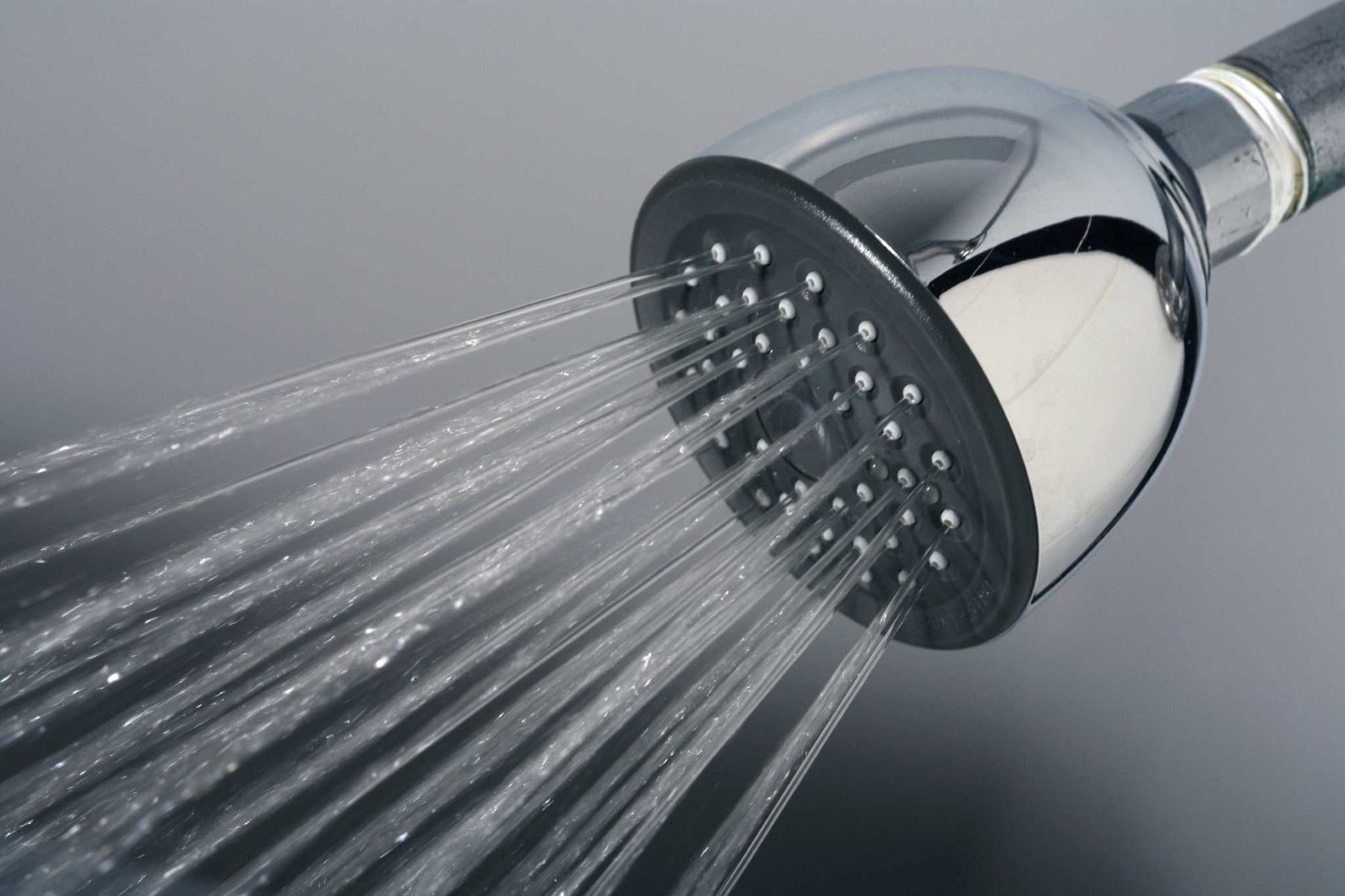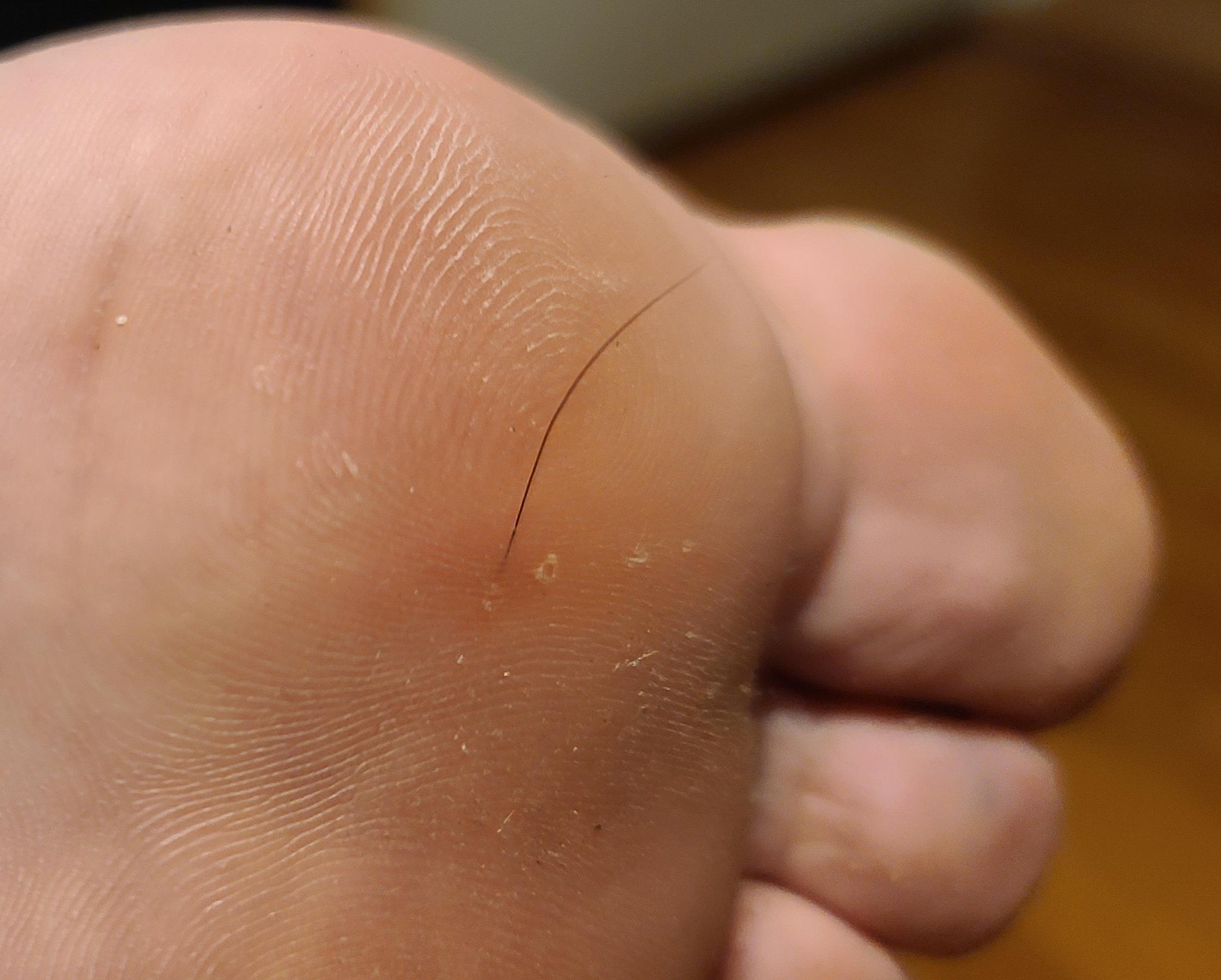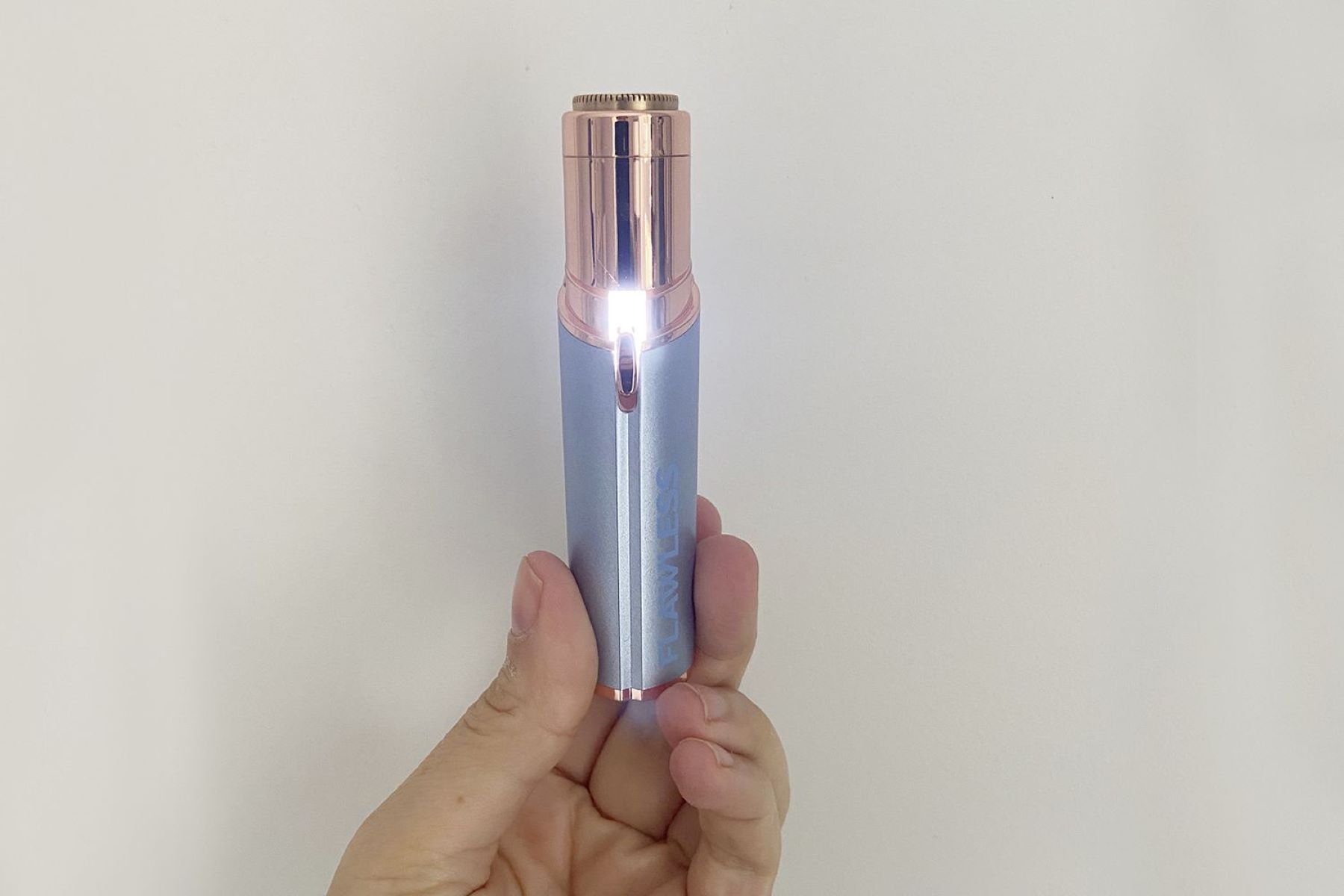Home>Health and Wellness>How To Remove A Lipoma Yourself
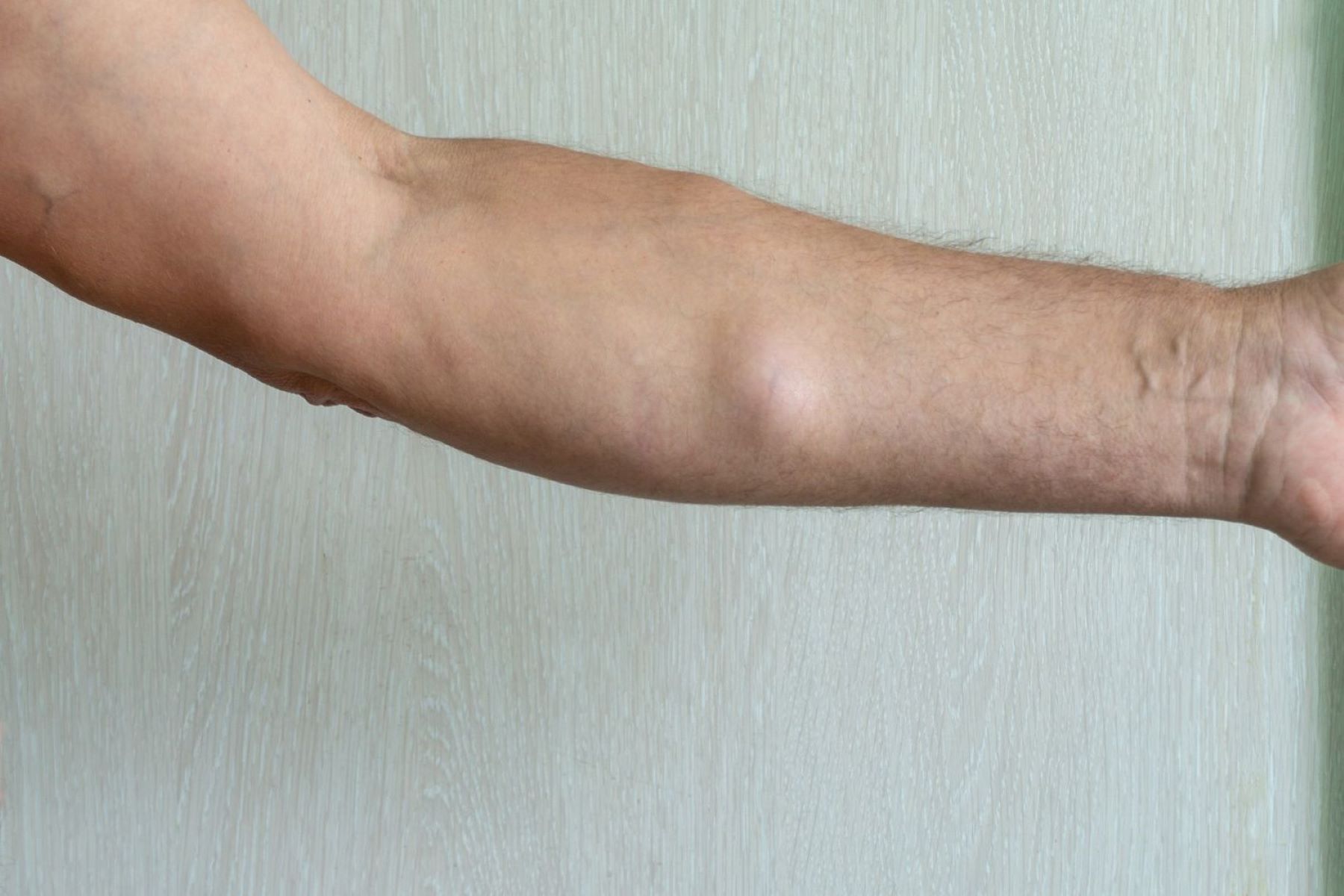

Health and Wellness
How To Remove A Lipoma Yourself
Published: February 28, 2024
Learn how to safely remove a lipoma at home with these effective health and wellness tips. Take control of your well-being today!
(Many of the links in this article redirect to a specific reviewed product. Your purchase of these products through affiliate links helps to generate commission for Regretless.com, at no extra cost. Learn more)
Table of Contents
Introduction
Lipomas are benign, soft, fatty lumps that develop under the skin. While they are generally harmless, some individuals may find them bothersome due to their appearance or location. The idea of removing a lipoma without professional medical assistance might be tempting for some, but it's crucial to understand the potential risks and complexities involved in such a decision.
In this article, we will explore the nature of lipomas, the potential risks associated with self-removal, the steps involved in removing a lipoma without medical assistance, and the essential aftercare measures. It's important to note that any decision related to the removal of a lipoma should be made in consultation with a qualified healthcare professional. This article aims to provide information and insights to help individuals make informed choices regarding their health and well-being.
Read more: How To Check Yourself For Lice
What is a Lipoma?
A lipoma is a common, non-cancerous growth of fat cells that forms just beneath the skin. These soft, rubbery lumps are typically slow-growing and painless, ranging in size from pea-sized to several centimeters in diameter. They often feel doughy and can be moved with slight finger pressure. Lipomas can develop anywhere on the body, but they are most commonly found on the shoulders, neck, chest, arms, back, and thighs.
The exact cause of lipomas is not fully understood, but they are believed to be related to genetic factors, as they can run in families. Additionally, certain conditions such as adiposis dolorosa and Gardner syndrome are associated with a higher risk of developing lipomas. While anyone can develop a lipoma, they are most frequently seen in middle-aged individuals.
Diagnosing a lipoma typically involves a physical examination by a healthcare professional. In some cases, imaging tests such as ultrasound or MRI may be used to confirm the diagnosis and evaluate the size and location of the lipoma. It's important to note that self-diagnosis of a lump as a lipoma without professional medical assessment is not recommended, as it's essential to rule out other potential causes of the growth.
Overall, lipomas are generally harmless and do not require treatment unless they cause discomfort, affect mobility, or are of cosmetic concern. However, it's crucial to seek medical advice if there are any changes in the size, shape, or characteristics of the growth, as well as if it becomes painful or tender.
Understanding the nature of a lipoma is essential for making informed decisions about its management and potential removal. While they are typically benign, it's important to approach any concerns about a lipoma with the guidance of a qualified healthcare professional to ensure proper assessment and care.
Risks of Removing a Lipoma Yourself
Attempting to remove a lipoma without professional medical assistance poses significant risks and potential complications. It's crucial to understand the complexities and potential dangers associated with self-removal to make informed decisions about managing a lipoma.
-
Infection: The risk of infection is a primary concern when attempting to remove a lipoma without proper medical sterilization and techniques. The skin provides a natural barrier against harmful microorganisms, and any breach in this barrier, such as during a DIY removal, can lead to infection. This can result in pain, redness, swelling, and the potential spread of infection to surrounding tissues.
-
Incomplete Removal: Removing a lipoma without medical expertise increases the likelihood of incomplete extraction. Lipomas are encapsulated by a fibrous layer, and without proper knowledge and tools, it's challenging to ensure complete removal. Leaving residual lipoma tissue can lead to regrowth and potential complications.
-
Bleeding: Lipomas are vascularized, meaning they have blood vessels running through them. Attempting to remove a lipoma without proper hemostasis techniques can result in significant bleeding. Controlling bleeding effectively requires knowledge of vascular anatomy and appropriate medical supplies.
-
Nerve and Tissue Damage: The proximity of lipomas to nerves and other tissues presents a risk of inadvertent damage during self-removal attempts. Nerve injury can lead to sensory disturbances, pain, or loss of function in the affected area. Additionally, damage to surrounding tissues can result in scarring and potential functional impairment.
-
Pain and Discomfort: DIY removal of a lipoma can be a painful and uncomfortable experience, particularly without the use of local anesthesia or pain management techniques. The process of incision, dissection, and extraction can cause distress and may lead to prolonged discomfort during the healing process.
-
Delayed Medical Intervention: In the event of complications arising from self-removal attempts, such as infection, excessive bleeding, or incomplete removal, seeking professional medical assistance becomes imperative. Delayed intervention can exacerbate the situation and lead to further complications, potentially requiring more extensive treatment.
Understanding these risks underscores the importance of seeking professional medical evaluation and guidance for the assessment and management of a lipoma. While the desire for self-removal may stem from cosmetic, financial, or convenience considerations, the potential risks and complexities involved necessitate the expertise of a qualified healthcare professional.
It's essential to prioritize safety, proper assessment, and appropriate medical care when addressing concerns related to a lipoma. Seeking the guidance of a healthcare professional ensures comprehensive evaluation, personalized treatment options, and the mitigation of potential risks associated with self-removal attempts.
Steps to Remove a Lipoma Yourself
Before delving into the steps to remove a lipoma without professional medical assistance, it's crucial to emphasize the potential risks and complexities involved in such a decision. While seeking the guidance of a qualified healthcare professional is strongly recommended, some individuals may still consider self-removal due to various reasons. It's essential to approach this process with caution, understanding the potential dangers and the importance of thorough preparation and aftercare.
-
Consultation with a Healthcare Professional: While the intention is to remove the lipoma independently, it's advisable to seek initial consultation with a healthcare professional. This step is essential for confirming the diagnosis of the growth as a lipoma and ruling out any potential complications or underlying conditions. Additionally, a healthcare provider can provide valuable insights and guidance regarding the feasibility and safety of self-removal based on the specific characteristics of the lipoma.
-
Gathering Necessary Supplies: Prior to the removal process, it's crucial to gather the necessary supplies and equipment. This includes sterile surgical instruments such as scalpels, forceps, and scissors, as well as disinfectants, sterile gauze, and bandages. Ensuring the availability of these supplies is essential for maintaining a sterile environment and managing any potential complications during the procedure.
-
Preparation of the Removal Site: Thoroughly clean and disinfect the area surrounding the lipoma using an antiseptic solution. This step is crucial for minimizing the risk of infection during and after the removal process. It's important to maintain a sterile environment to reduce the likelihood of complications and promote proper wound healing.
-
Local Anesthesia Administration: Administering local anesthesia to the area surrounding the lipoma is essential for minimizing pain and discomfort during the removal process. This step requires careful consideration and adherence to proper dosage and administration techniques to ensure effective pain management.
-
Incision and Dissection: Using a sterile scalpel, carefully make an incision over the lipoma, taking care to minimize trauma to surrounding tissues. Once the incision is made, gently dissect the tissue surrounding the lipoma to facilitate its removal. It's crucial to exercise caution and precision during this step to minimize the risk of bleeding and tissue damage.
-
Extraction of the Lipoma: After creating a suitable dissection plane, gently extract the lipoma from its surrounding tissue. Take care to ensure complete removal while minimizing trauma to the surrounding area. Any residual lipoma tissue left behind can increase the risk of regrowth and potential complications.
-
Hemostasis and Closure: Following the extraction of the lipoma, ensure effective hemostasis by controlling any bleeding using sterile gauze and pressure. Once bleeding is controlled, carefully close the incision using sterile sutures or adhesive strips. Proper wound closure is essential for promoting optimal healing and reducing the risk of infection.
-
Post-Removal Care: After completing the removal process, it's crucial to provide appropriate aftercare to the site. This includes applying sterile dressings, monitoring for signs of infection, and following any specific instructions provided by a healthcare professional. It's important to be vigilant for any signs of complications and seek medical attention if necessary.
It's important to reiterate that the decision to remove a lipoma without professional medical assistance should be made with careful consideration of the potential risks and complexities involved. Seeking the guidance of a qualified healthcare professional is strongly recommended to ensure proper assessment, personalized treatment options, and the mitigation of potential risks associated with self-removal attempts.
Aftercare and Follow-up
After completing the self-removal of a lipoma, diligent aftercare is essential to promote optimal healing and minimize the risk of complications. Proper wound care and monitoring are crucial aspects of the post-removal phase, ensuring that the site heals effectively and any potential issues are promptly addressed.
Read more: How To Remove Tattoos At Home
Wound Care
Following the removal of the lipoma, it's important to keep the incision site clean and protected. This involves regularly changing the sterile dressings to prevent contamination and promote a sterile environment for healing. Additionally, keeping the area dry and avoiding excessive moisture can help reduce the risk of infection. It's essential to follow any specific wound care instructions provided by a healthcare professional to ensure proper healing and minimize the risk of complications.
Monitoring for Signs of Infection
Vigilant monitoring for signs of infection is crucial during the aftercare period. This includes observing the incision site for redness, swelling, increased pain, warmth, or the presence of pus or discharge. Any of these symptoms may indicate an infection, and prompt medical attention should be sought if they are observed. It's important to be proactive in monitoring the incision site to ensure early detection and appropriate management of any potential complications.
Pain Management
Managing post-removal discomfort is an important aspect of aftercare. It's common to experience some degree of pain or discomfort following the removal procedure. Over-the-counter pain relievers or medications prescribed by a healthcare professional can help alleviate discomfort and promote a more comfortable recovery. Adhering to the recommended pain management regimen and seeking guidance if the pain becomes severe is essential for ensuring a smooth recovery process.
Follow-up with a Healthcare Professional
After self-removal of a lipoma, it's crucial to schedule a follow-up appointment with a healthcare professional. This allows for the assessment of the healing progress, evaluation of the incision site, and the opportunity to address any concerns or complications that may arise during the recovery period. The guidance and expertise of a healthcare professional are invaluable in ensuring proper healing and addressing any post-removal issues effectively.
Read more: How To Remove A Ceiling Fan
Long-Term Monitoring
While the immediate aftercare period is critical, long-term monitoring of the removal site is also important. Regularly inspecting the area for any signs of regrowth, changes in appearance, or unusual symptoms is essential. Any unexpected developments should be promptly reported to a healthcare professional for further evaluation. Long-term monitoring helps ensure that the removal process was successful and that there are no lingering issues related to the previous presence of the lipoma.
In summary, aftercare following the self-removal of a lipoma involves diligent wound care, vigilant monitoring for signs of infection, effective pain management, follow-up appointments with a healthcare professional, and long-term monitoring of the removal site. Prioritizing comprehensive aftercare measures is essential for promoting optimal healing, minimizing the risk of complications, and ensuring a successful recovery following the self-removal of a lipoma.
